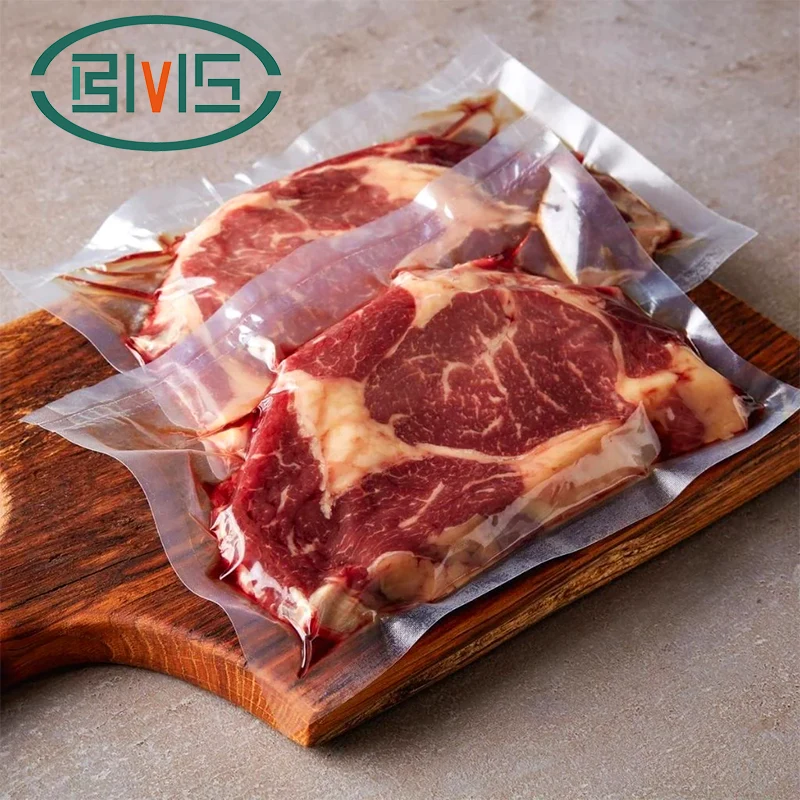How long will food last in vacuum sealed bags?
2024-12-20
The shelf life of food in vacuum-sealed bags depends on the type of food, how it was prepared, and how it is stored. Vacuum sealing removes most of the air, significantly slowing down the growth of bacteria and mold, thus extending the shelf life of many foods. Here are general guidelines:
Shelf Life in Refrigeration (32°F to 40°F / 0°C to 4°C):
- Fresh Meats (Beef, Poultry, Pork):
- Vacuum-sealed: 1 to 2 weeks
- Regular storage: 2 to 5 days
- Fish and Seafood:
- Vacuum-sealed: 4 to 6 days
- Regular storage: 2 to 3 days
- Vegetables:
- Blanched and vacuum-sealed: 1 to 2 weeks
- Regular storage: 3 to 7 days
- Cheese:
- Vacuum-sealed: 4 to 8 months
- Regular storage: 1 to 2 months

Shelf Life in Freezer (0°F / -18°C or below):
- Meat and Poultry:
- Vacuum-sealed: 2 to 3 years
- Regular storage: 6 to 12 months
- Fish:
- Vacuum-sealed: 1 to 2 years
- Regular storage: 6 months
- Fruits and Vegetables:
- Vacuum-sealed: 2 to 3 years
- Regular storage: 8 to 12 months
Shelf Life at Room Temperature (Dry Foods):
- Grains (Rice, Pasta, Flour):
- Vacuum-sealed: 1 to 2 years
- Regular storage: 6 to 12 months
- Nuts and Seeds:
- Vacuum-sealed: 1 to 2 years
- Regular storage: 6 to 9 months
- Coffee Beans and Ground Coffee:
- Vacuum-sealed: 1 to 2 years
- Regular storage: 3 to 6 months
Tips to Maximize Shelf Life:
1. Preparation:
- Ensure food is fresh and clean before sealing.
- Blanch vegetables before vacuum sealing to preserve texture and color.
2. Storage Conditions:
- Keep vacuum-sealed items in a cool, dry place, away from sunlight.
- Use a freezer for long-term storage of perishable foods.
3. Inspect Seals:
- Ensure the vacuum seal is tight and intact. Reseal if necessary.
4. Label and Date:
- Clearly label the contents and date of sealing for easy tracking.
Vacuum sealing is an excellent method for preserving food, but it’s essential to monitor storage conditions and ensure proper sealing for the best results.


